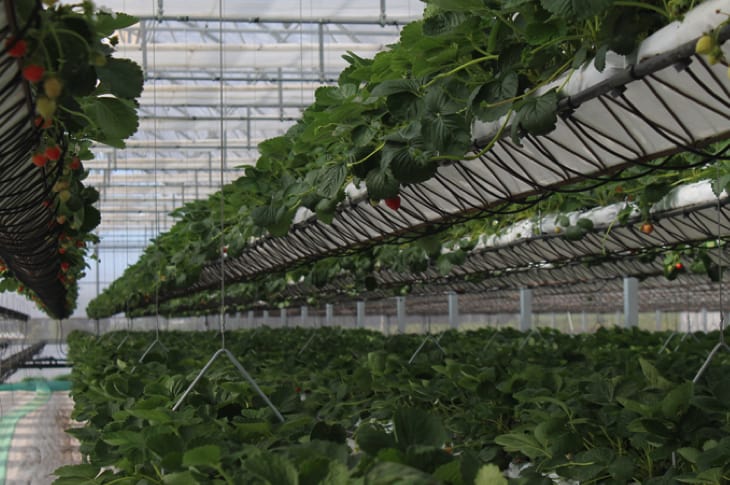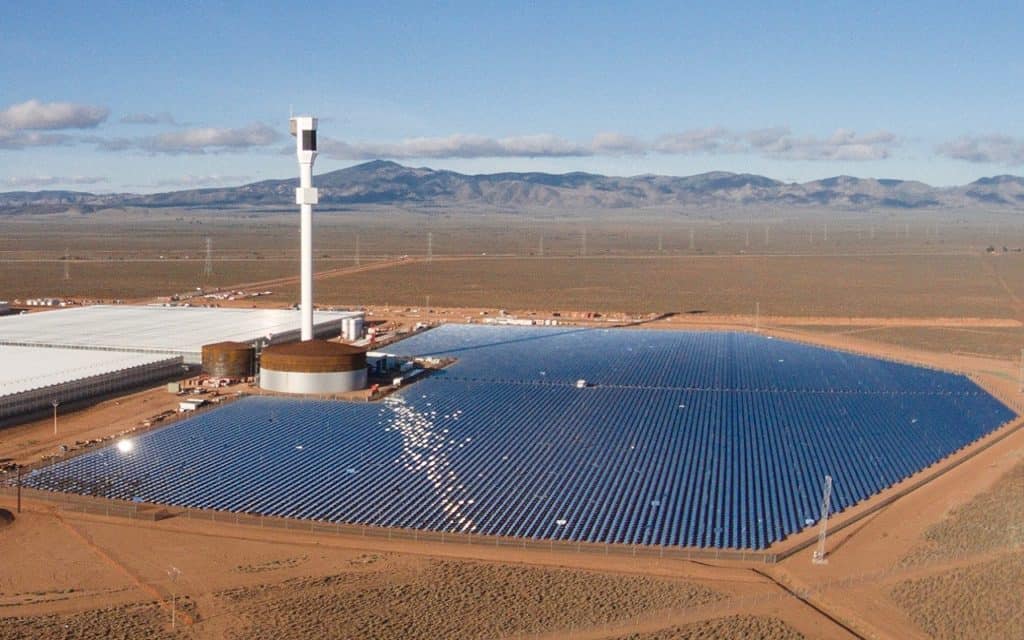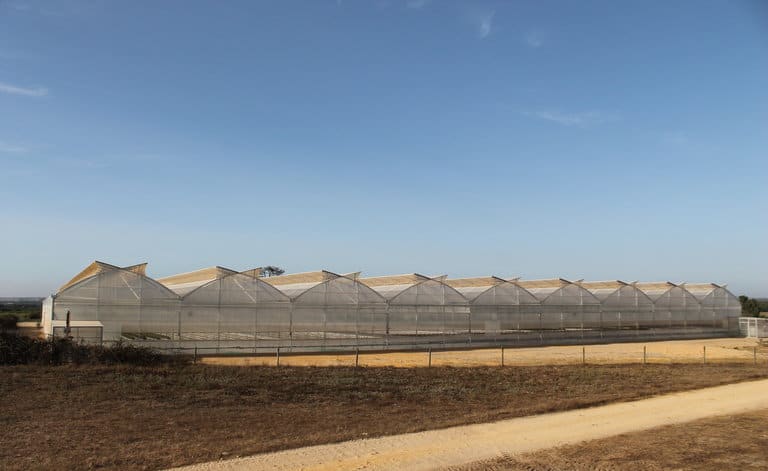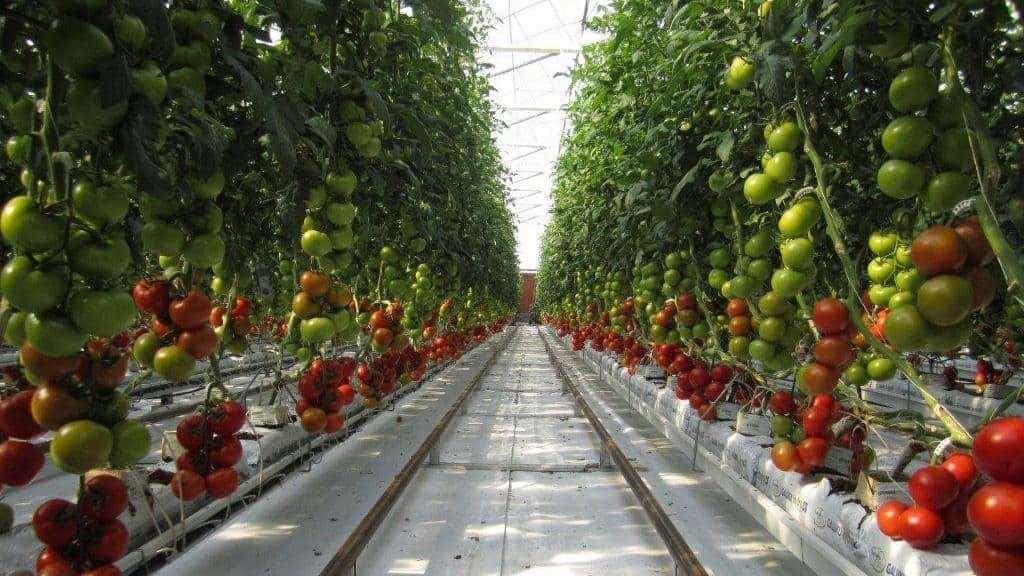
A major shift in agriculture that is moving away from traditional farming and towards innovative techniques for food production has been happening over the past few years and solar panel technology is at the heart of most new concepts. With hydroponics, underwater farming, floating farms, and vertical indoor farming, the list of new ways to produce food is growing every year.
There are many causes behind the shift, most of them being driven by humans; climate change, pesticide-use, the destruction of once-viable land, and GMO expansion are all major reasons that innovators are testing out new ways to feed the world.
Despite what companies that use GMOs want you to believe, genetically-modified organisms are actually hurting the world more than they are helping it. Though food production may be increasing in the short-term because of these practices, studies have proven that chemical farming is actually destroying the land and resources necessary to produce food in the long run.

That’s why many people stress the importance of buying and eating organic produce. Not only do you support local farmers trying to produce fruits and vegetables naturally, but you know that the food you’re putting in your body is good for both you and the environment.
With the solar panel farms created by Sundrop Farms, organic produce is all that’s born from their unusual but up-and-coming methods. The first farm that they opened was in the desert in Port Augusta, South Australia in 2010, where the surrounding area is dry, desolate, and barren. In other words, it’s totally inappropriate and completely impossible to start a farm there—or so you thought.

Though the climate is wretched, there is no fresh water anywhere around, and the land is unusable, Sundrop Farms saw the potential in the are because they don’t rely on land to grow food. With the use of coconut husks, 23,000 mirrors to reflect and harvest solar energy, desalinated water and nearly 50,000 acres of land, the start-up has successfully developed a method for growing 17,000 tons of fresh food annually.
A hydroponic system that doesn’t require soil or rainwater to keep plants alive is what has worked best for the company and desalinated seawater that’s put through the system is what keeps the whole machine going. Since seawater is in infinite supply, there’s no risk of it running out like freshwater sources. Rather than exploiting finite natural resources like traditional farming does, the company works in harmony with them.

The price of starting up such an operation is hefty—around $200 million—but with year-round yields and sustainable practices that require little in the way of maintenance and importation of resources, the whole process will pay for itself rather quickly.
It’s innovation such as this that will help humans in the decades to come, when food production decreases because of today’s damaging practices while demand increases because of overpopulation.
What are your thoughts on these farming techniques? Please share, like, and comment on this article!
This article (Solar Panel Farm Yields 17,000 Tons Of Food Annually In The Worst Climates) is free and open source. You have permission to republish this article under a Creative Commons license with attribution to the author and True Activist.


